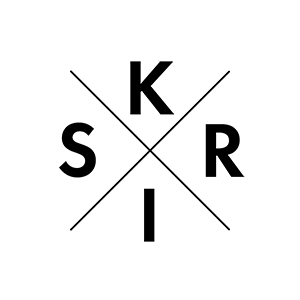You’ve done the interviews – enlightening weren’t they? It’s now time to put that information that’s in your www.xle.vn head down on paper, and pull everything together to a complete picture.
This article ensues on from our previous article which gave tips on how to carry out the interviews themselves. Here we give you some practical techniques to use whilst analyzing your interviews, helping mold your results into anything tangible.
Form your conclusions into a communication
After selection interviews you’ll find that you’ve lots of interesting thoughts and ideas jumping around your head, but quite possibly in simply no clear composition. The results will be easier to understand and convey in front of large audiences if they are bought into a obvious narration.
The easiest method to do this to do this is to set everything upon paper and next sift through the results to create a final single story.
Post-it notes & a white board
2. Put all the concepts, concepts and findings you present in each interview onto sticky notes (each point must be on its own note).
* Attempt to avoid long content as you should be able to quickly scan that and really know what it refers to, each post-it should just contain about 10 phrases.
* Feel free to use brief quotes or simple summaries if that they sum up the finding very well.
* Include a number or perhaps an interviewee name for the corner so that you can keep track just where each post-it came from.
2. If you evaluated people from differing groups (for case new and returning customers) patterns will be easier to location if you place a symbol to each post-it (or used coloring co-ordinated post-its) to show which will group they will belonged to.
After the selection interviews you’ll know the common designs that show up through the selection interviews, so move the post-its around and group these people accordingly.
Take your time with this kind of, you may find the initial groupings modification over time. This could be called a great ‘affinity diagram’. An advantage of using post-its is that you will find the entirety of your benefits at once, instead of seeing a little part on the screen any kind of time one time. Finding the ‘big picture’ will assist you to visualise the proceedings more easily than attempting this kind of visualisation in your head alone. An additional is that post-its give you the versatility to make even more changes to your diagram if and when needed.
For anyone who is able to, do that on a white board. This has 2 positive aspects:
* You possibly can draw jewelry around the communities, and add annotations where necessary.
* The post-its probably stick and stay where you need them (rather than deciding to fall for the floor at most inopportune times).
Essentially you’re setting up a visual rendering (almost a mind map) of the consequence. Once it’s visualized, you will find it’ll make a lot more good sense.
Don’t forget how come you had been conducting the interviews
The first document emphasized the necessity to have a definite goal once conducting the interviews:
“The aims of interviews are to discover:
* Users’ goals and needs.
* How users whole tasks on your own site (or would do if efficiency was available).
* What users think the site offers them (and what more they will really want/need). ”
This may act as a helpful framework to put on your findings, and should end up being remembered although conducting the analysis. Although keep in mind that the advantage of interviews is certainly their flexibility so if you feel placing an alternative focus on the results explains your results, you can do therefore.
Bounce your ideas off some other person
Stand in entrance of your post-its and talk your conclusions through with someone (or several people). Encourage problems. You will not be capable of answer just about every question, however, you will find in which gaps in the explanations will be. Talking throughout your findings will help further more clarify your opinions, and you’ll know where the gaps are in your overall picture.
You may also get bouncing tips off folks who didn’t attend the selection interviews useful. Experiencing the results with somebody with a distinct perspective from your own can create ideas you possibly will not have considered in any other case.
Take your time
There is a first couple of hours will be filled with a madness of authoring and grouping post-its, you must then rest on the effect. You will find your subconscious could keep on concentrating on the problems, and you will probably well get you awake with further ideas, or when getting a soak in a bath, or perhaps on the walk home… There always exists further portions to add, and changes to be made to your affinity diagram.
Developing your conclusions from interviews is like having a photograph manually ,. It takes as well as if you dash through the method then the end result is quite a bit less it should be. Take your time over the each stage, you will get been given an outstanding amount info to method during the selection interviews, so ensure the whole thing relevant gets down and a clear overall message has the capacity to develop.
Finish
Once occur to be done it just leaves the ‘simple’ matter of:
* Producing whatever changes are had to your site
* Producing personas
* Checking out problems with your existing site
2. Directing new design principles
another one for the thousands of complications interviews may feed extremely useful facts into . But these “small” concerns might be possible knowing the hard work will probably pay off come go live.
As i have said in the previous document “interviews are a good way to find in-depth information about your users”, remember more effort is needed than expected to pull out those amazing results.
